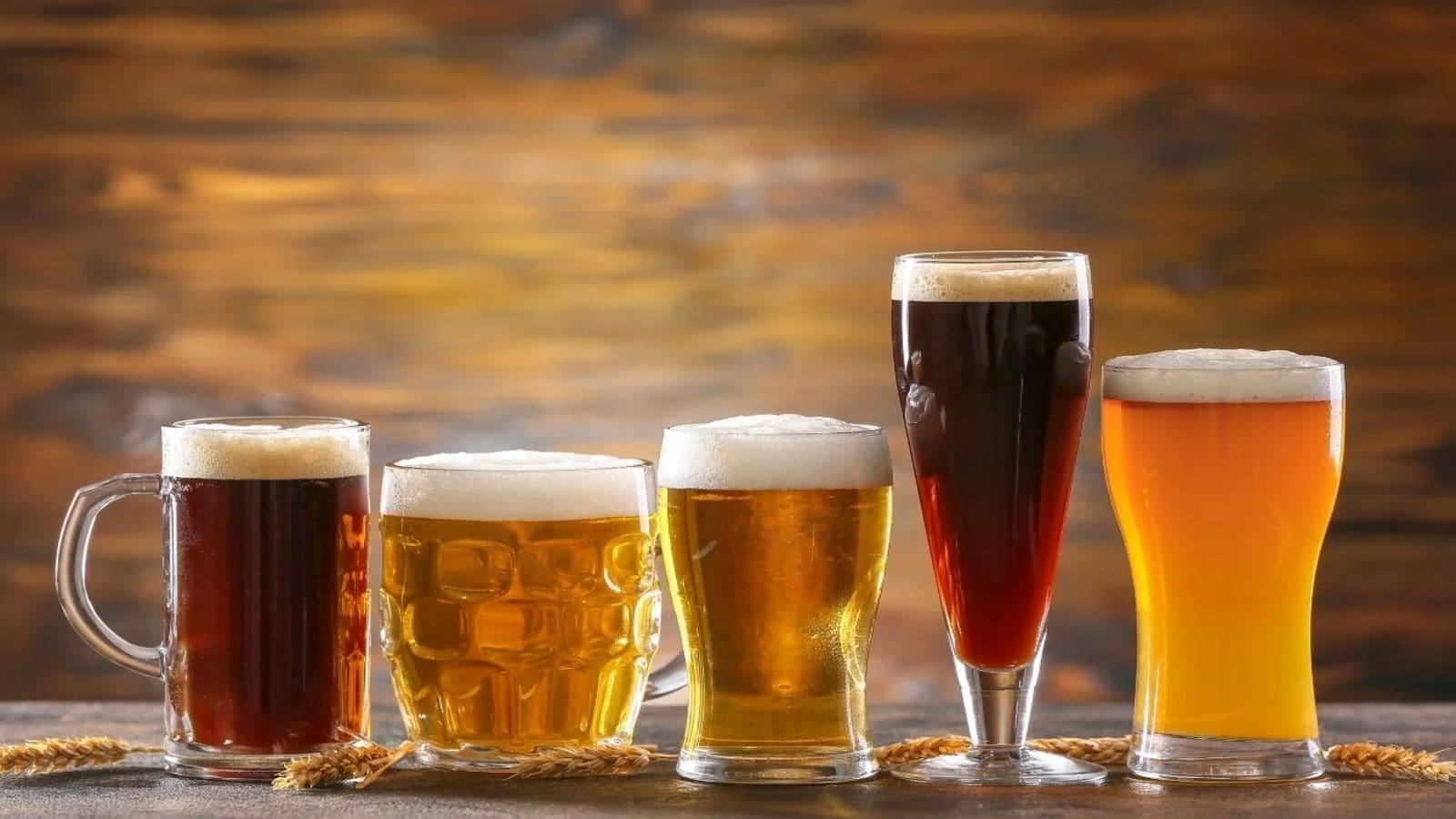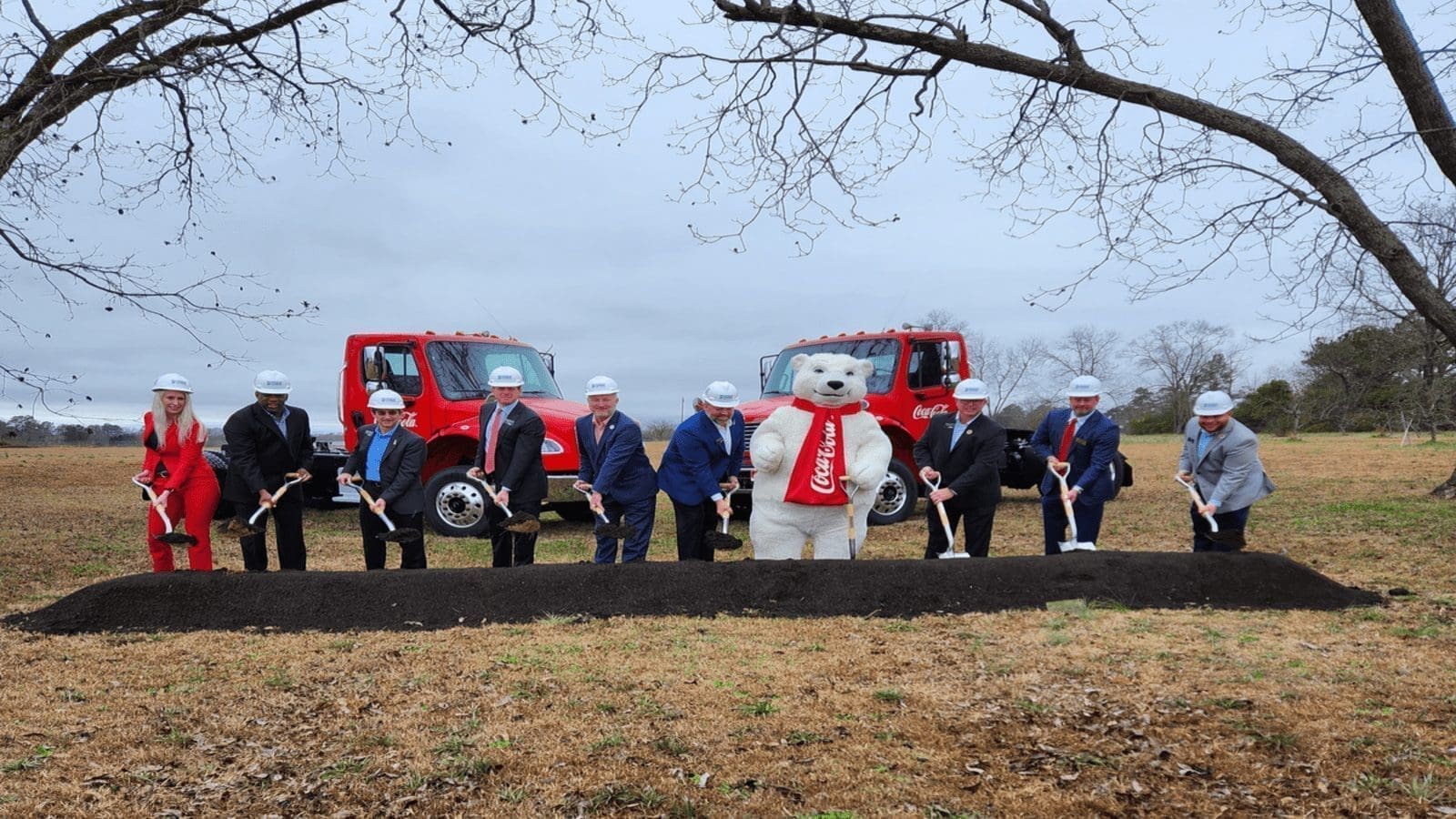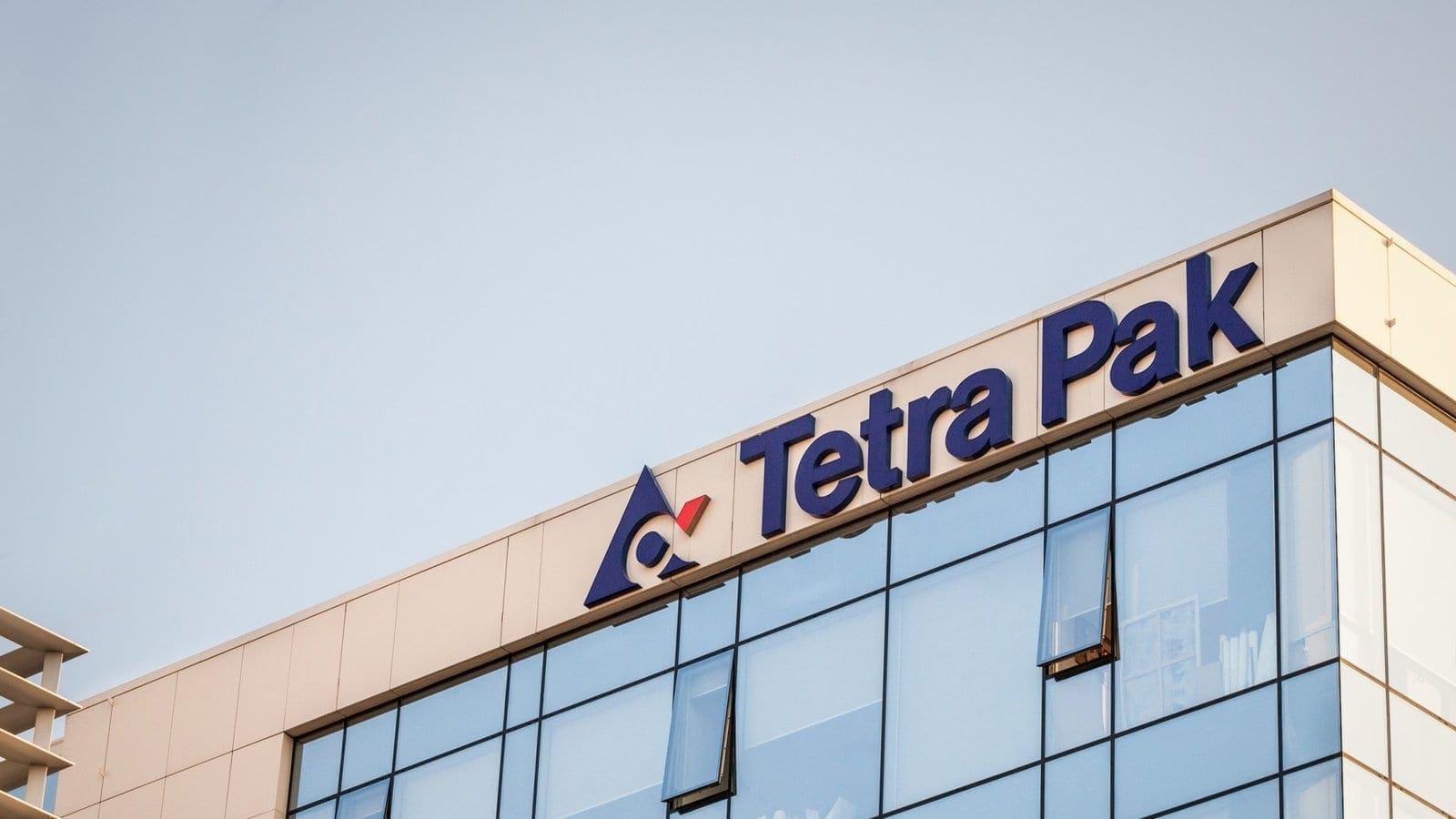GLOBAL – In the decade to 2021, global beer consumption had slipped by -4%, prompting brewers to accelerate their innovation to stay resilient, as IWSR data reveals.
Changing consumer preferences, expanding repertoires, and the impact of the pandemic on the on-premise have all impacted the decision, which brewers are making to stay afloat in the volatile market.
“To counter a long-term trend of declining beer consumption in many markets, the major brewers have adopted a strategy of premiumization, expansion into new categories, and a focus on the no- and low-alcohol segment,” notes Roisin Vulcheva, Head of Beer Insights, IWSR.
Premiumization is the action or process of attempting to make a brand or product appeal to consumers by emphasizing its superior quality and exclusivity.
According to IWSR, premiumization has enabled brewers to sell their beer at a higher price, diluting the impact of any downward pressure on consumption.
The data notes that brewers have shifted focus from volume-based models to value-based ones to offer more unique experiences. For example, in 2021, the value growth of traditional beer was twice that of the volume growth.
Premiumization has been achieved in three key ways: by premiumising existing brands, investing in craft beer, and giving more attention to different specialist beer varieties and brands.
Many brewers are investing in branding and pricing strategies for international markets, as in export markets, the brands carry more premium status amongst consumers than in their home markets.
While the emergence of craft beer was partly underpinned by a rising consumer curiosity about new styles of beer, the craft beer revolution has evolved quickly.
Multinational brewers have partnered with or purchased some of the most high-profile craft brands, and by discretely integrating them into their portfolios, the value of these brands has been preserved and, drinkers have continued to show a willingness to pay a premium for them, the global alcoholic beverage market research firm explains.
Between 2017 and 2021, the ready-to-drink category grew by a volume CAGR of 17% as it provided the market with fresh New Products Developed (NPD) and excitement at a period when consumed drinking patterns changed, and the at-home occasion grew in importance.
Hard seltzers are one segment of the RTD category in which brewers have been very active. The response of the brewers to hard seltzers has often blurred the line between RTDs and traditional beer, with NPD crossed over into both categories.
These included Bud Light Seltzers, Michelob ULTRA, Coors Seltzer (now discontinued), Amstel ULTRA Seltzer, and Dos Equis Ranch Water.
As the RTD category continues to evolve to meet shifting consumer preferences, brewers are equally keeping an eye on category trends and are well-placed to invest in the category.
IWSR consumer research shows that across key markets, more than 50% of consumers are influenced to purchase RTDs made by a well-known spirit, beer, or soft-drink brand.
In the new analysis, IWSR highlights that investment in the no-alcohol segment allows brewers to expand the drinking occasions they can play in, while offering some immunity from possible future restrictions on advertising in some markets.
IWSR data shows that beer already dominates the no-alcohol space, accounting for over 60% of the no-alcohol category by volume and value.
The data projected the no-alcohol beer market, which jumped by as much as 14% in 2021 versus 2020, is set to rise by another 50% between 2021 and 2026.
For all the latest food industry news from Africa and the World, subscribe to our NEWSLETTER, follow us on Twitter and LinkedIn, like us on Facebook and subscribe to our YouTube channel.











